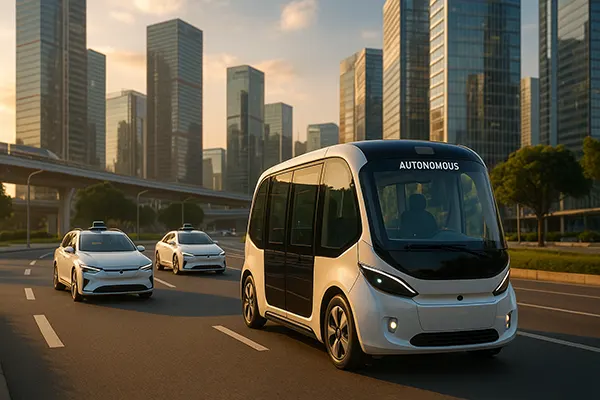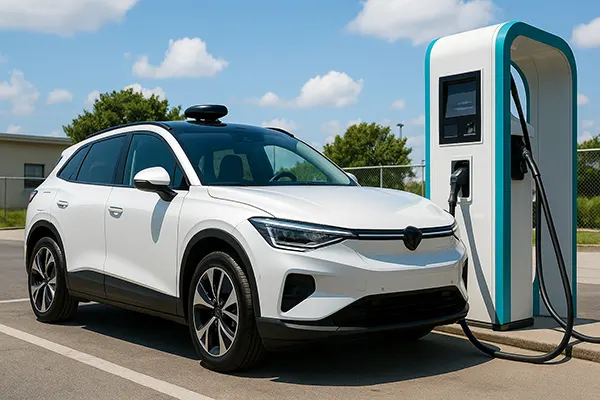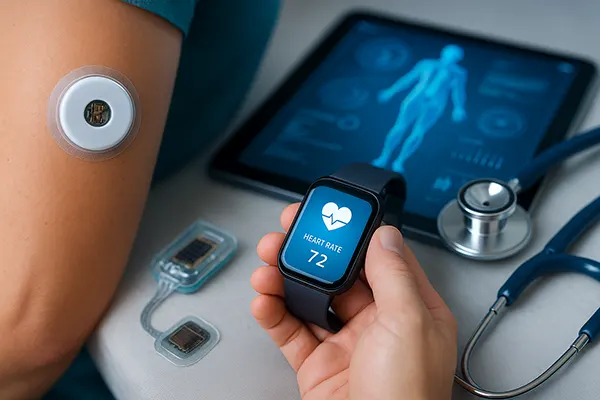
Intelligent Autonomous Transport Systems: Where Mobility is Heading in 2025–2030
Autonomous mobility has entered a decisive stage, with governments, manufacturers, and technology companies working to bring fully automated transport into everyday life. Between 2025 and 2030, intelligent autonomous transport systems are expected to become a key factor in reshaping urban infrastructure, logistics, and public mobility. These systems are not only about driverless cars but also about integrated, data-driven ecosystems that connect vehicles, roads, and cities into a unified smart network.
The State of Autonomous Transport in 2025
As of 2025, self-driving technology is no longer experimental. Major companies such as Waymo, Tesla, and Baidu Apollo already operate pilot fleets of robotaxis in selected cities. In Europe, projects like Hamburg’s autonomous shuttles and the UK’s CAVForth buses demonstrate that the technology is being tested on a wide scale in public transport, not just in private cars. The focus today is on refining safety standards and ensuring compliance with regulatory frameworks.
Governments have recognised the potential of autonomous systems in reducing accidents and emissions. The European Union, the United States, and China are introducing unified certification systems for autonomous vehicles. This standardisation allows manufacturers to deploy their solutions across different markets while keeping safety at the core. The progress in legislation ensures that autonomous mobility is no longer just a concept but a regulated reality.
Consumer trust, however, remains a challenge. Surveys in 2025 show that while 60% of urban residents are open to trying driverless taxis, concerns about liability and cybersecurity persist. Companies are investing heavily in real-world testing and transparent reporting to strengthen public confidence.
Technologies Driving the Progress
The foundation of intelligent autonomous systems lies in advanced sensor technology and AI algorithms. Lidar, radar, and computer vision have become more affordable and precise, allowing vehicles to navigate complex urban environments with high reliability. Machine learning models are trained on billions of kilometres of driving data to predict and respond to unpredictable road situations.
Equally important is vehicle-to-everything (V2X) communication, which enables cars to interact with infrastructure, pedestrians, and other vehicles. This technology minimises the risk of collisions at intersections and optimises traffic flow. In 2025, many cities are already investing in 5G and edge computing to support seamless data exchange for autonomous fleets.
Another significant trend is the integration of renewable energy. Electric autonomous vehicles powered by smart grids are not only more sustainable but also reduce dependency on fossil fuels. Charging networks are being adapted to serve fleets of autonomous taxis and delivery robots, making zero-emission transport a realistic target by 2030.
Urban Mobility and Public Transport Transformation
One of the most promising applications of autonomous systems is public transportation. Cities face growing demand for mobility while trying to reduce congestion and pollution. Autonomous buses, trams, and shuttles provide efficient, flexible, and cost-effective solutions for urban residents. In 2025, pilot projects in Singapore, Helsinki, and Dubai are already proving the feasibility of automated public transport corridors.
Urban planners increasingly rely on data generated by autonomous vehicles to redesign city infrastructure. Traffic signals, parking zones, and dedicated lanes are being adapted to maximise the efficiency of autonomous fleets. These adjustments not only optimise traffic management but also improve pedestrian and cyclist safety.
Shared mobility is also evolving. Autonomous ride-hailing and car-sharing services are reducing the need for private car ownership. By 2030, experts predict that in many cities, individuals will use mobility subscriptions instead of purchasing personal vehicles, changing the very concept of urban mobility.
Challenges in Implementation
Despite significant progress, widespread adoption still faces challenges. Regulatory differences between countries slow down global deployment. While the EU pushes for standardised laws, the US still has state-specific rules, complicating interstate operations for autonomous fleets. Achieving full international harmonisation is expected to take several more years.
Cybersecurity remains a critical concern. Autonomous systems rely on constant data exchange, making them vulnerable to hacking and malicious interference. To address this, companies are adopting advanced encryption, blockchain solutions for data integrity, and real-time monitoring to prevent breaches.
Another issue is the socio-economic impact. The automation of logistics and passenger transport will inevitably affect employment in the driving sector. Governments and companies are investing in reskilling programmes, but the transition will require careful management to balance innovation with social responsibility.

Future Outlook: 2025–2030
The next five years will be crucial in scaling autonomous transport from limited pilots to mainstream adoption. By 2030, experts expect fully autonomous taxis, delivery drones, and buses to become part of everyday mobility in leading global cities. The technology will extend beyond passenger transport into logistics, agriculture, and maritime industries.
The integration of artificial intelligence with real-time urban data will allow cities to manage entire fleets as unified systems. This will lead to fewer accidents, reduced traffic congestion, and more sustainable energy use. Autonomous transport will no longer be a stand-alone technology but a central part of the smart city ecosystem.
Environmental impact will also be decisive. With climate policies pushing for carbon neutrality, electric autonomous fleets will be vital in achieving green targets. Countries that combine strong regulation, infrastructure investment, and innovation will lead the global race in mobility transformation.
Societal and Ethical Considerations
The adoption of autonomous mobility raises complex ethical questions. How should vehicles prioritise decisions in unavoidable accident scenarios? Who bears responsibility when AI-driven systems fail? These debates are shaping legal frameworks and will define the social acceptance of autonomous systems in the coming years.
Accessibility is another critical aspect. Autonomous shuttles can provide mobility for elderly and disabled passengers, offering independence and inclusivity. Policymakers are urged to ensure that the benefits of automation are distributed fairly across all population groups, not just urban elites.
Finally, trust will determine success. Transparent communication, open safety data, and active collaboration between governments, companies, and citizens will be essential. If these conditions are met, by 2030 autonomous mobility will become an integral, trusted, and sustainable part of everyday life.



